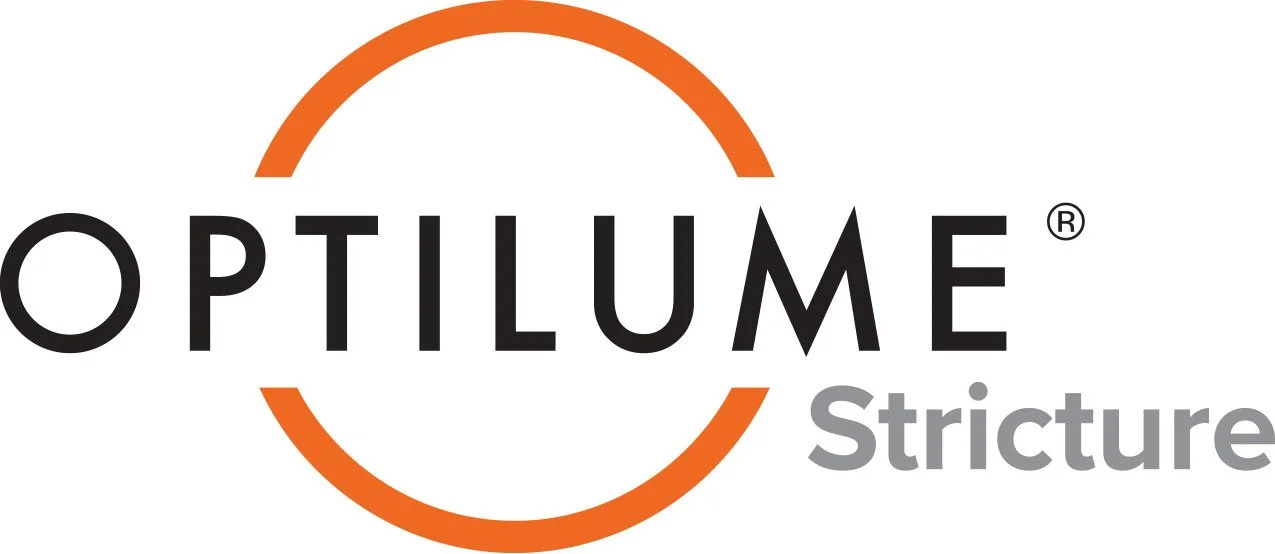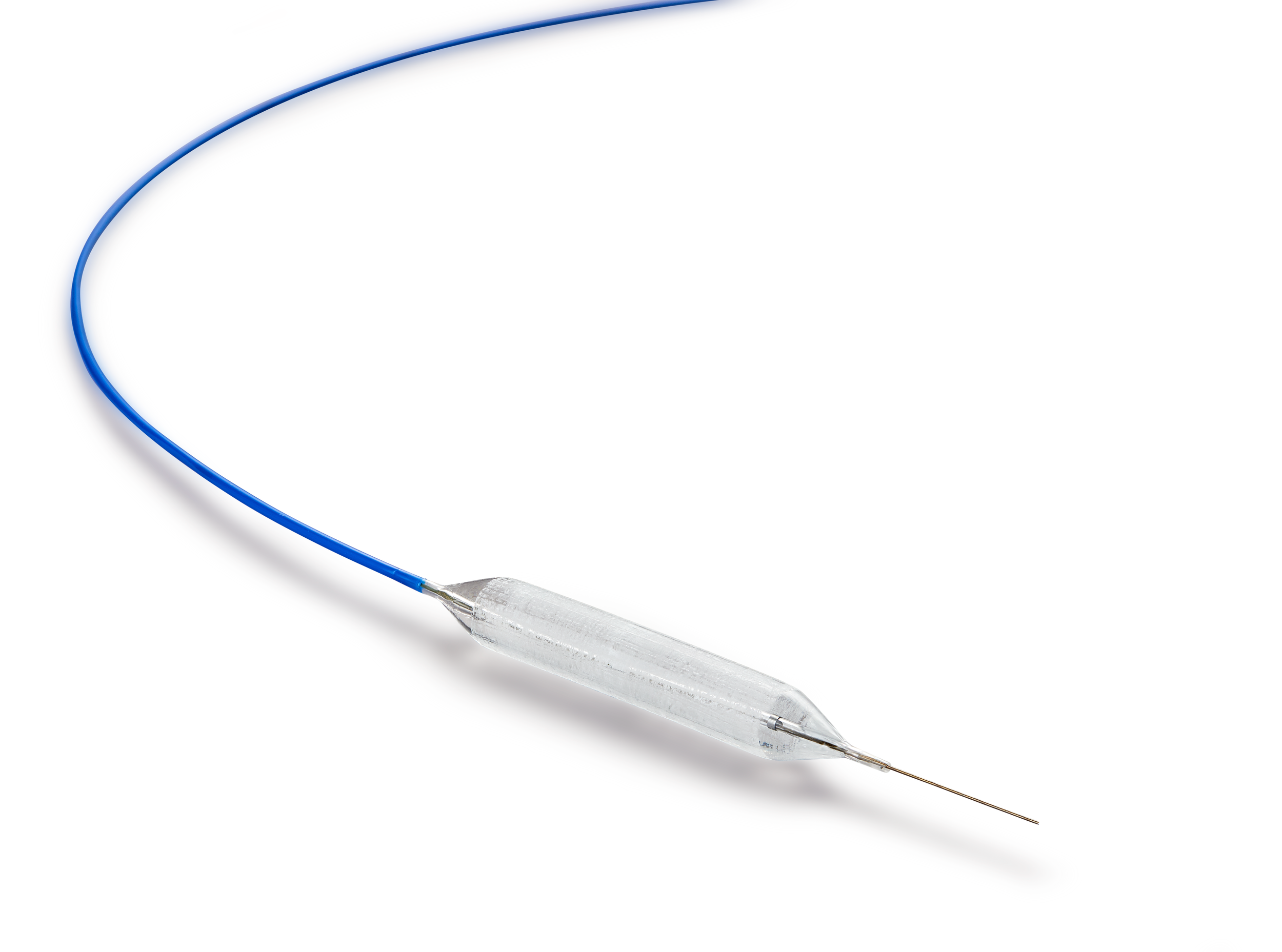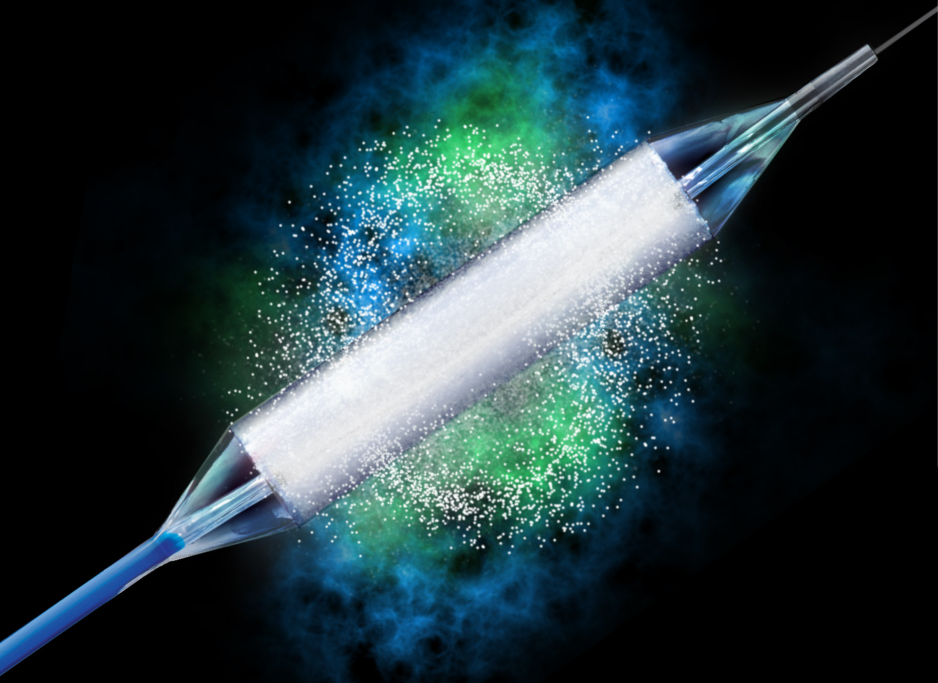Optilume For Urethral Stricture Disease
Dr. Osterberg now offers Optilume in-office with little recovery time
What is Optilume?
The Optilume® urethral drug-coated balloon was developed in response to severe patient and physician dissatisfaction with current stricture solutions. The Optilume® technology combines mechanical dilation for immediate symptomatic relief with local drug delivery to maintain urethral patency.
The semi-compliant balloon expands the tissue creating a mechanical balloon dilation effect rupturing the urethral mucosa and allowing direct, circumferential drug delivery to the exposed submucosa through micro-fissures across the length of the stricture.
Rapid uptake of the highly lipophilic drug, paclitaxel, limits hyperactive cell proliferation and the fibrotic scar tissue generation that results in stricture recurrence. By combining simple and effective balloon dilation with localized delivery of a proven antiproliferative drug, the Optilume® technology provides superior results vs standard of care endoscopic management.
How does Optilume Work?
The Optilume® procedure is similar to traditional mechanical dilation methods, making it simple to learn and perform. The semi-compliant balloon mechanically dilates and expands the urethral lumen, creating micro-fissures in the urothelium which facilitate circumferential drug delivery across the length of the urethral stricture. By combining simple and effective balloon dilation with localized delivery of a proven antiproliferative drug – The Optilume® Urethral Drug Coated Balloon provides long-term relief from stricture recurrence.
What are the Success Rates with Optilume?
For patients who have failed prior endoscopic treatment, today there is Optilume® — a breakthrough urethral drug-coated balloon treatment that dilates the urethral lumen and delivers paclitaxel directly to the stricture, significantly reducing the incidence of stricture recurrence. At 3 years, durability continued with 77% not needing re-treatment with a 176% increase in flow rates (Baseline 5.1, 3-year 14.1) and a 65% decrease in symptom scores.



